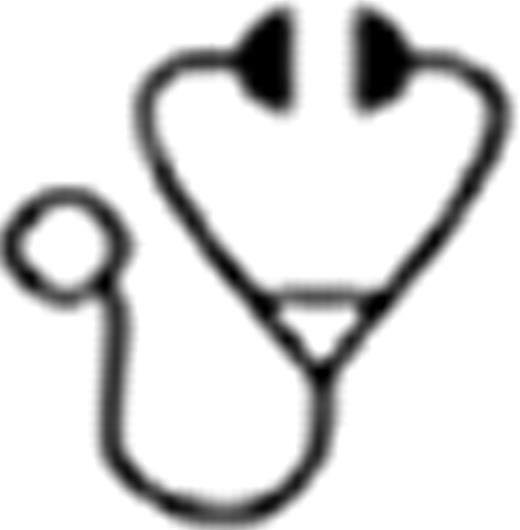Abstract
Abstract 168 FN2
FN2
CLL cells with del(17p) typically have loss of functional p53, rendering them refractory to chemotherapeutic agents. However, del(17p) CLL cells activated by CD40 ligand (CD154) are induced to express pro-apoptotic factors to overcome resistance to the cytotoxic activity of p53-dependent drugs, such as fludarabine. To examine whether a CD154-based therapeutic strategy can be developed in vivo for del(17p) and/or fludarabine-refractory CLL, a phase 1b clinical study evaluating an autologous cellular gene immunotherapy is being conducted. Autologous CLL cells transduced ex vivo with a replication-defective adenovirus vector encoding a membrane-stable, re-engineered form of CD154 (Ad-ISF35) are administered, followed by standard courses of FCR.
Subjects with fludarabine-refractory and/or del(17p) CLL received three IV doses (one dose every two weeks) of 3×108autologous Ad-ISF35-transduced CLL cells. Two weeks following the third dose of Ad-ISF35-transduced cells, subjects receive up to six monthly cycles of FCR. Study endpoints include analysis of safety and efficacy.
Nine (9) subjects have been enrolled and treated on study. Median age was 63 (range 48–70). All subjects were del(17p) (range 14–96%), and included treatment naïve (n=4) and previously treated (n=5) subjects. The number of prior treatments range from 0–5, including three subjects that previously received fludarabine-containing regimens. The overall response rate was 67% with 56% of subjects achieving a complete response (CR), including 3 CRu pending bone marrow assessment. Two subjects with a marked percentage del(17p) (range 63–66%) continue to have an ongoing complete response (CR) after a median follow up of >2 years, and no detectable minimal residual disease (MRD) in one subject. Three subjects that showed disease progression were treated with either alemtuzumab (1 subject) or ofatumumab plus high dose methylprednisolone therapy followed by allogeneic stem cell transplant (2 subjects). We observed clinical responses not only after FCR but also after infusion of Ad-ISF35-transduced cell. These ISF35-specific responses included reductions in absolute lymphocyte counts in all subjects (decrease from baseline 4–89%), and decreased lymphadenopathy (>50% reduction) in 78% of the subjects (decrease from baseline 19–100%). Infusion of Ad-ISF35-transduced cells plus FCR has been well-tolerated. The primary non-hematologic adverse events have been flu-like symptoms following infusion of Ad-ISF35 transduced cells. This includes transient grade I/II fever (89%), fatigue (56%) and chills (56%). The primary hematologic adverse events have been cytopenias following FCR treatment, including grade III/IV neutropenia (33%) and anemia (22%). Grade I/II hypophosphatemia (56%) following ISF35 has been observed and this might be related to increased serum cytokine levels following Ad-ISF35-transduced cell administration. Correlative studies on CLL cells obtained before and after infusions of Ad-ISF35-transduced CLL cells demonstrated that CLL cells prior to treatment were refractory to the cytoxic effects of P53-dependent drugs (e.g. F-ara-A). However, the CLL cells obtained after treatment with Ad-ISF35-transduced CLL had increases of p73, p21 and Bid and became sensitive in vitro to the cytotoxic activity of F-ara-A. We also observed up-regulation of costimulatory molecules (CD80, CD86, CD54) and death receptors (CD95). The majority of subjects developed antibodies against adenovirus with neutralizing activity. However, they did not developed antibodies against human CD154. Subjects also showed increases in TNFα, IL-6 and IL12 after infusion of Ad-ISF35 transduced cells.
In conclusion, the combination of Ad-ISF35 transduced CLL cells plus FCR appears to be well-tolerated and highly effective in CLL patients with fludarabine-refractory disease and/or del(17p). The CR rate that we have observed in this high-risk CLL population is higher than those reported in the literature and makes our results very encouraging. Correlative data suggest that Ad-ISF35 promotes upregulation of costimulatory and death receptor molecules as well as pro-apoptotic proteins that may overcome resistance to FCR in vivo. These encouraging data suggest the combination of Ad-ISF35 plus chemoimmunotherapy could offer an effective treatment option for patients who otherwise would be resistant to standard forms of therapy.
Cantwell:Memgen, LLC: Employment, Patents & Royalties.
Author notes
Asterisk with author names denotes non-ASH members.

This icon denotes a clinically relevant abstract

This feature is available to Subscribers Only
Sign In or Create an Account Close Modal